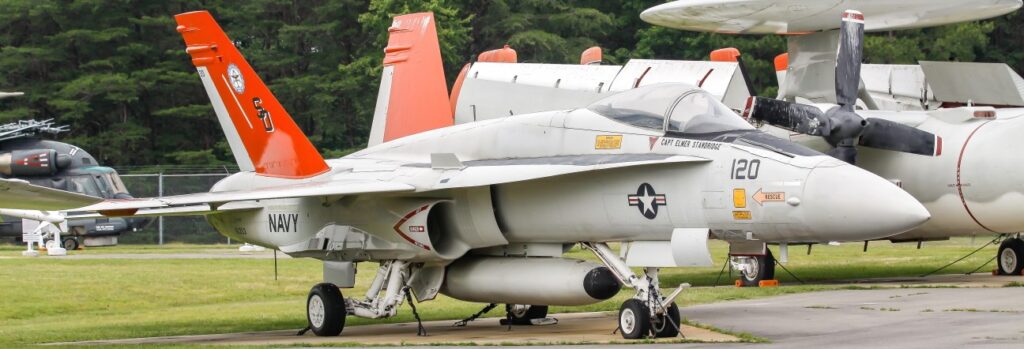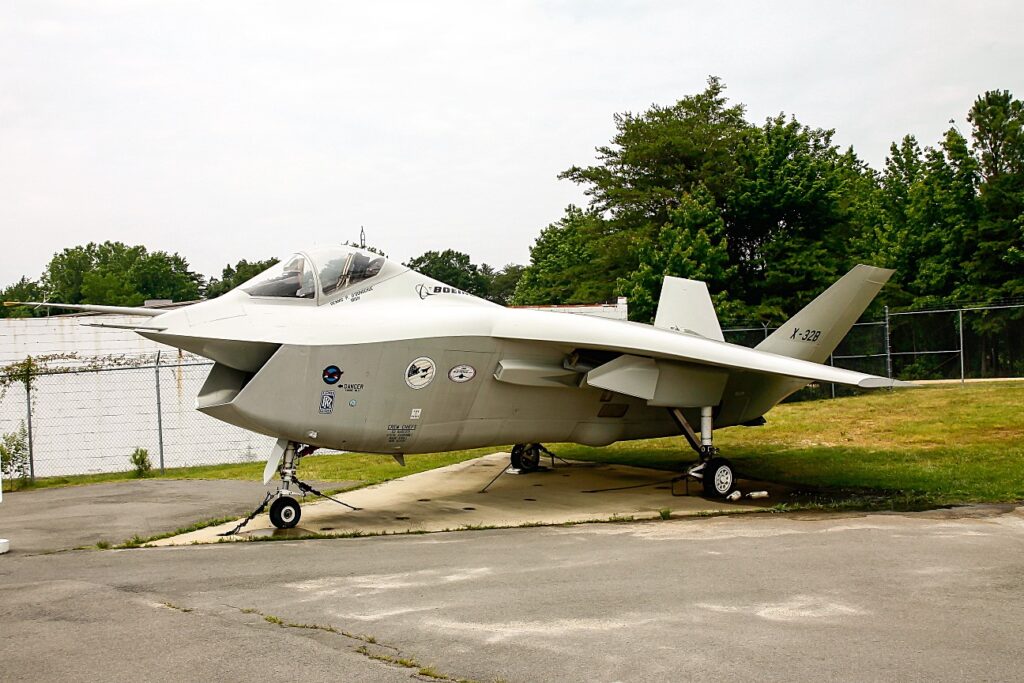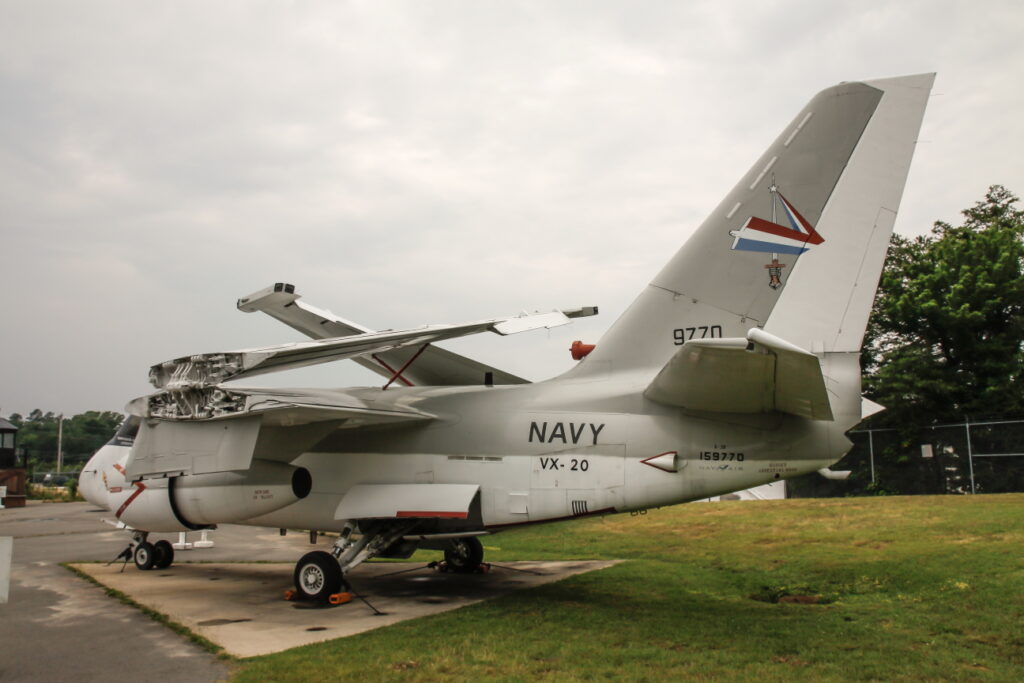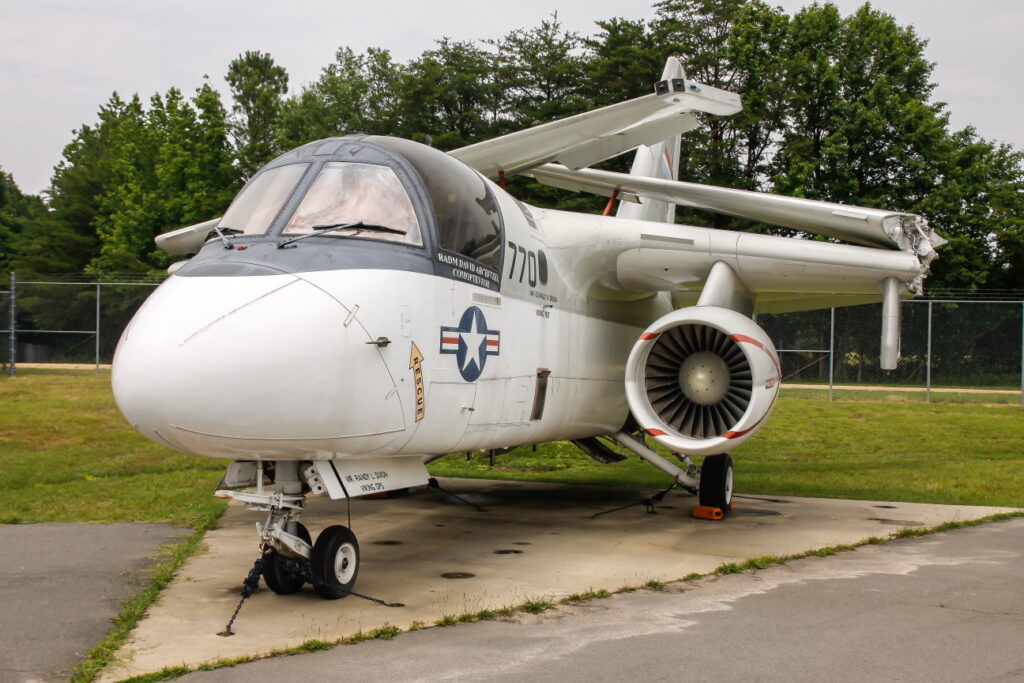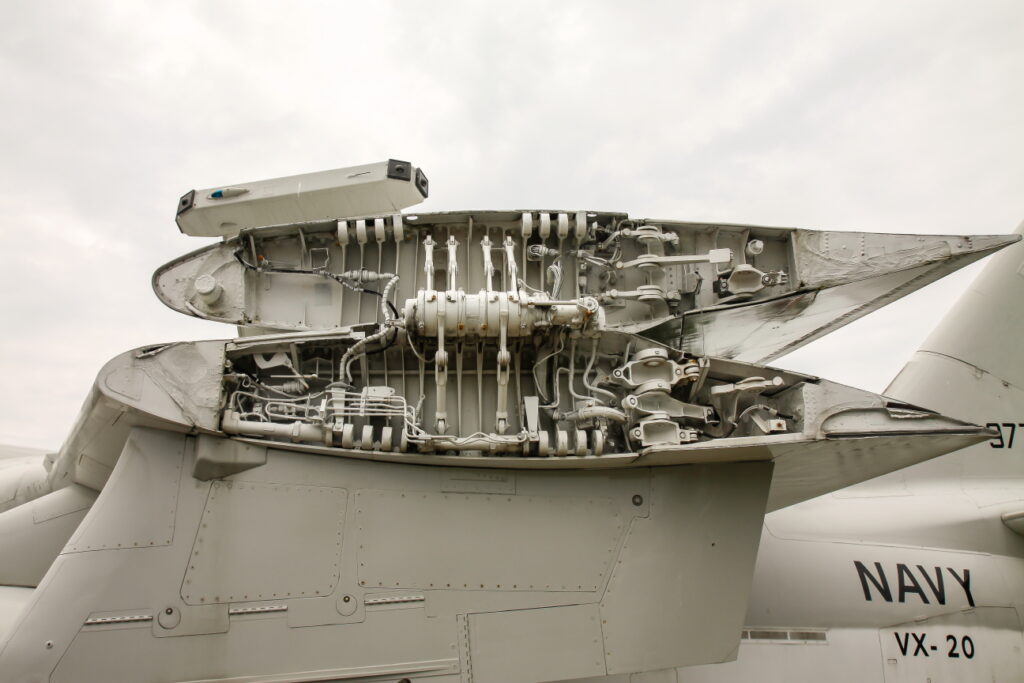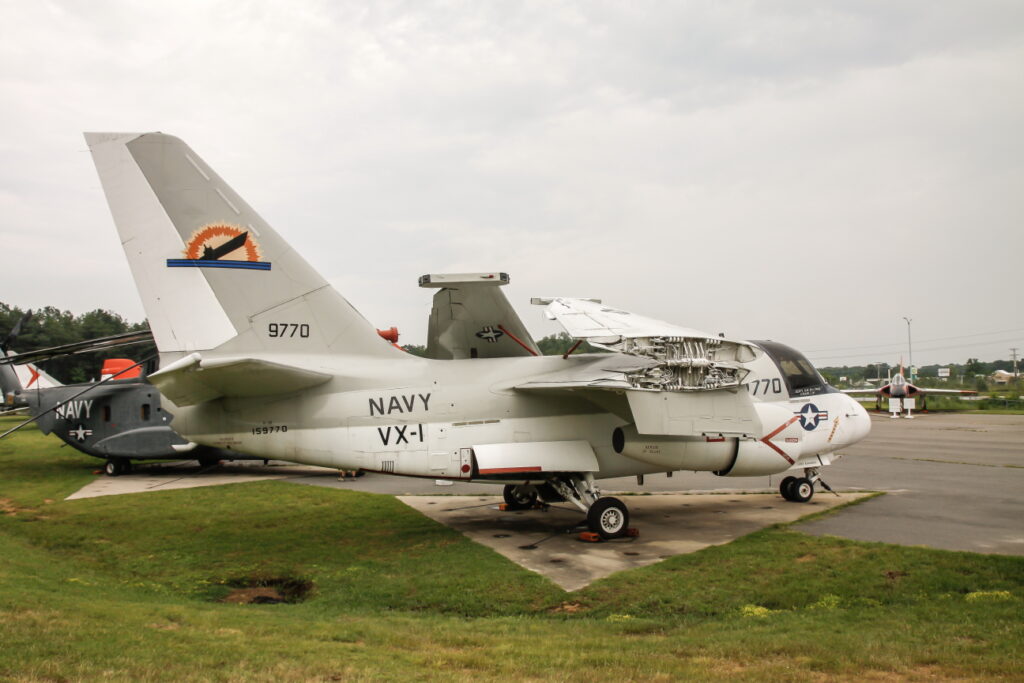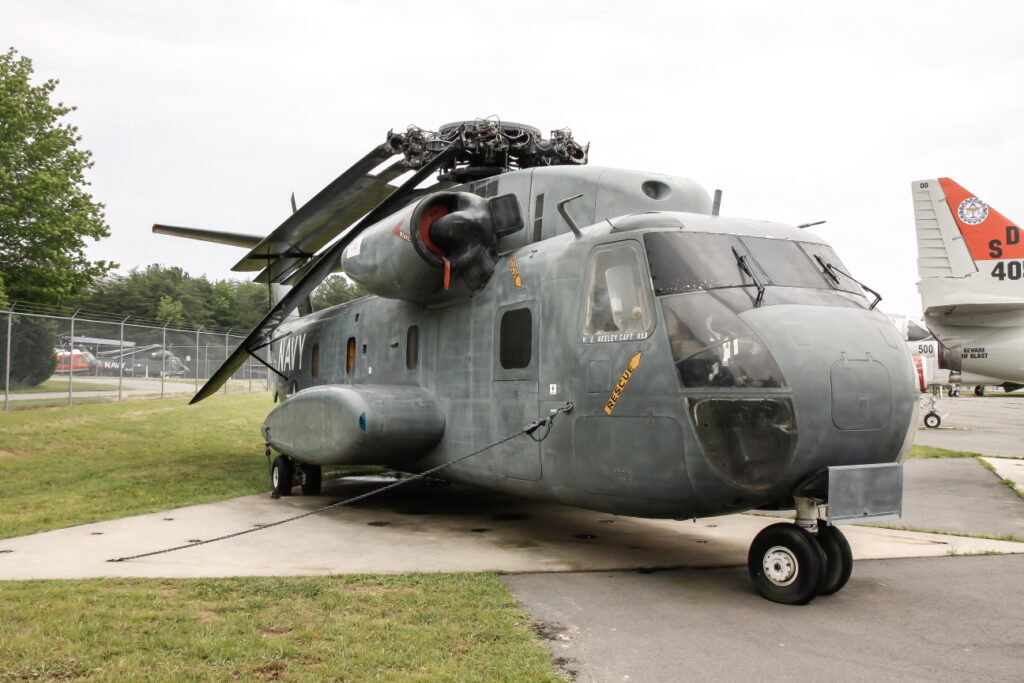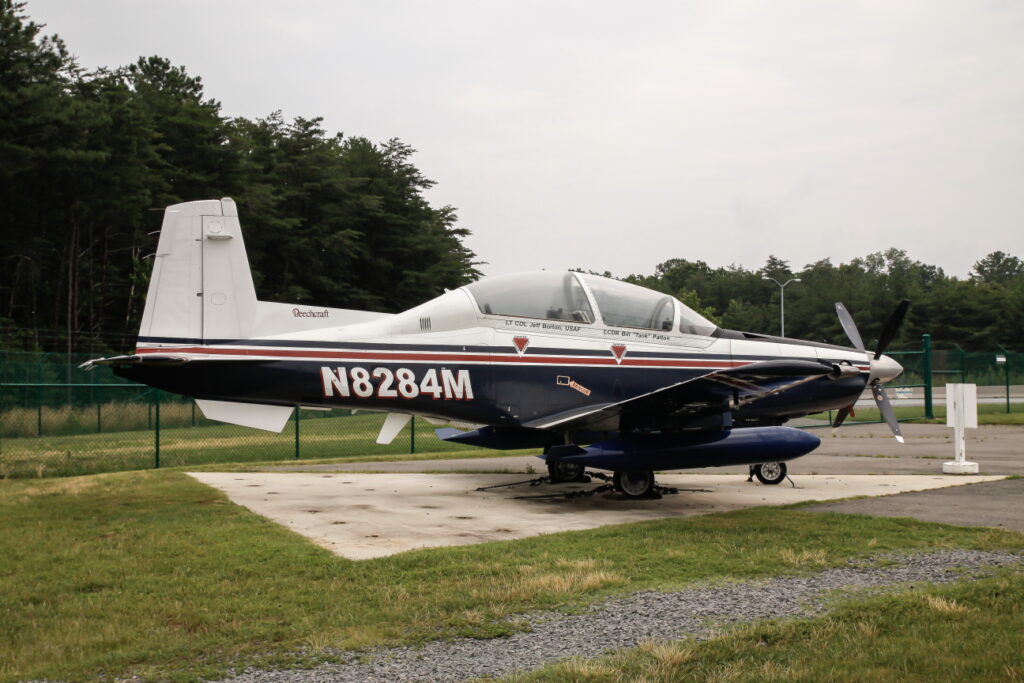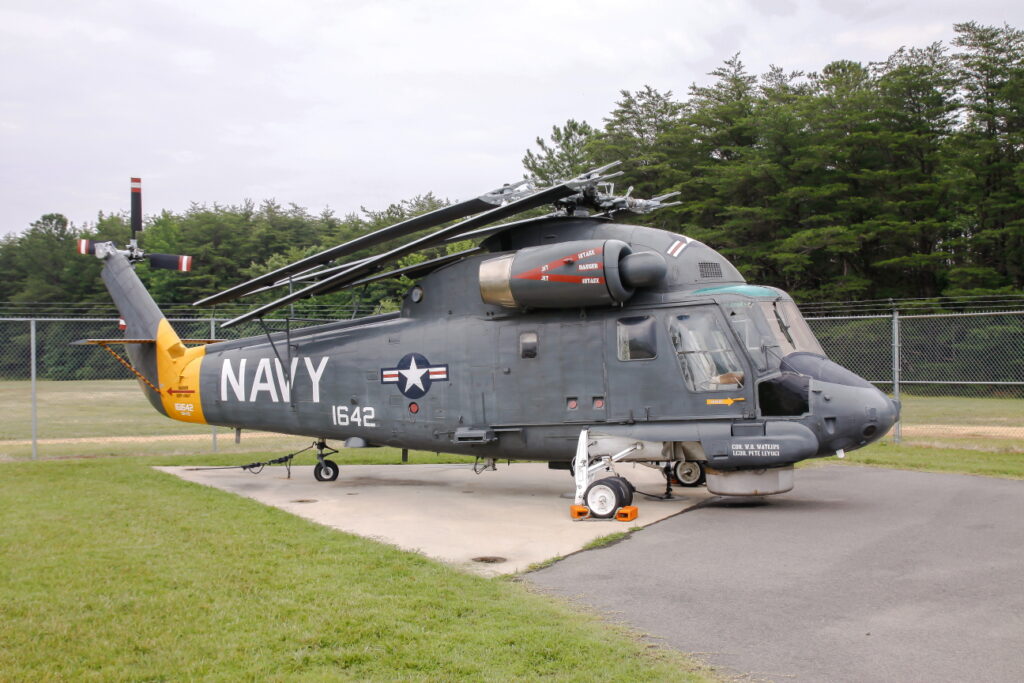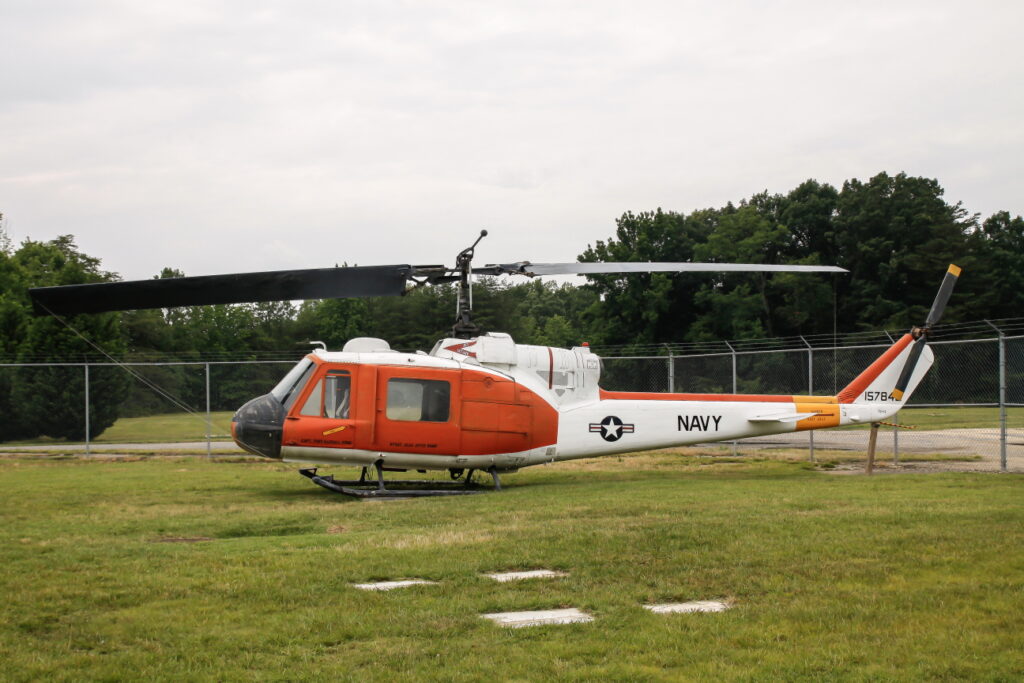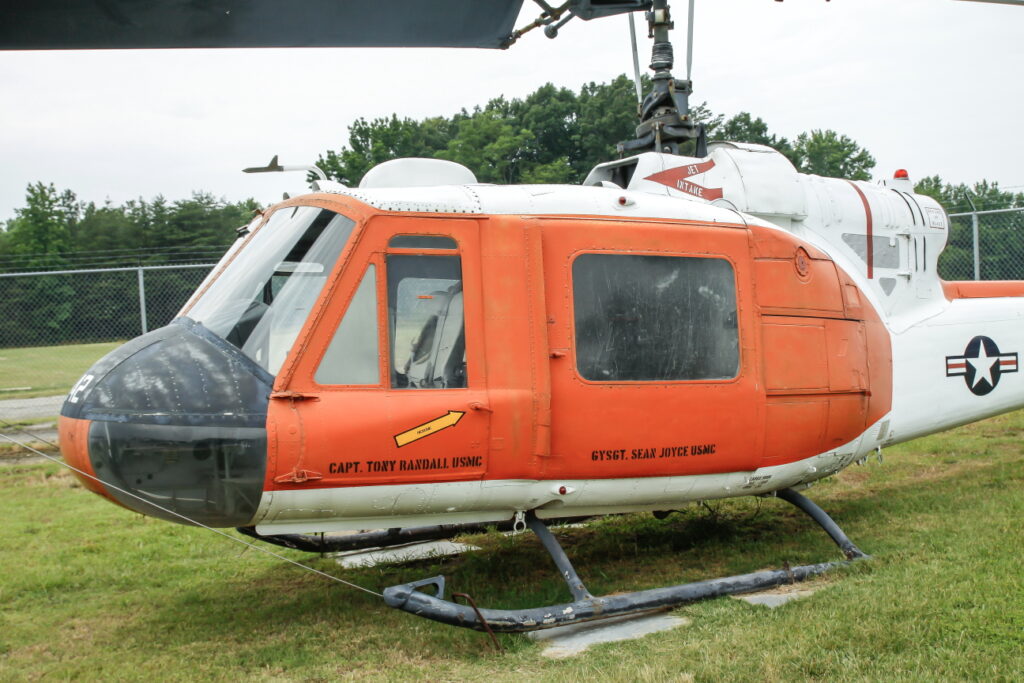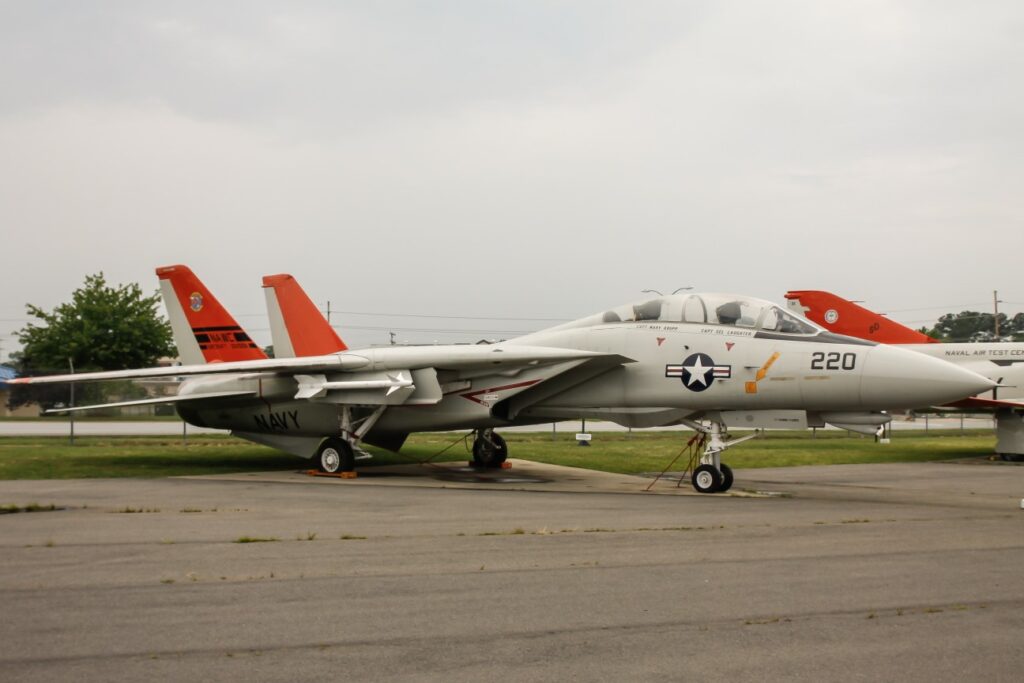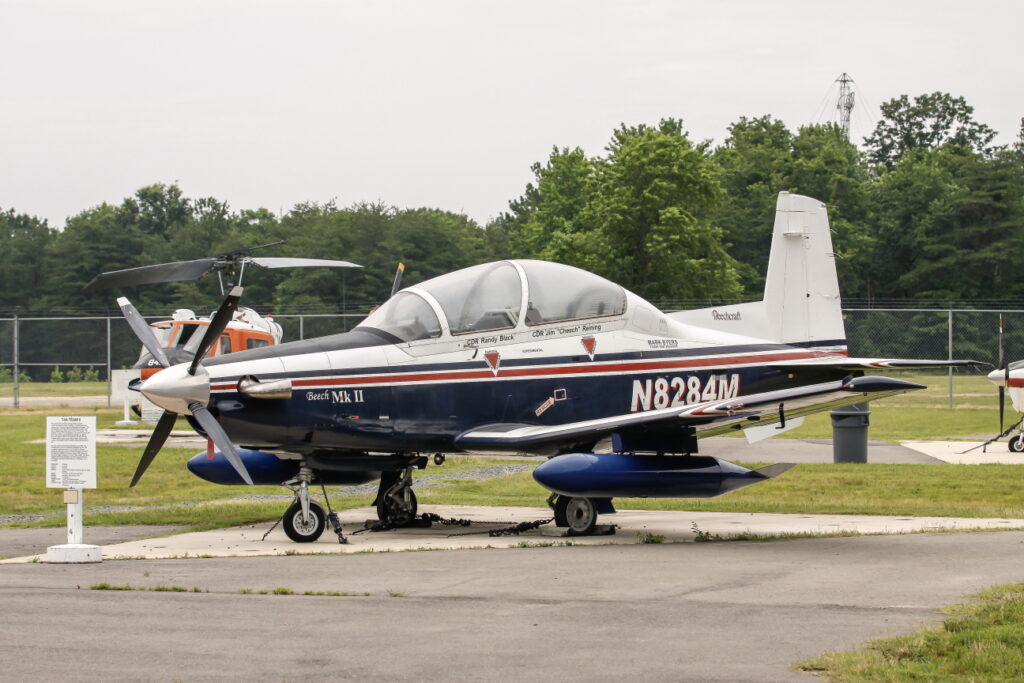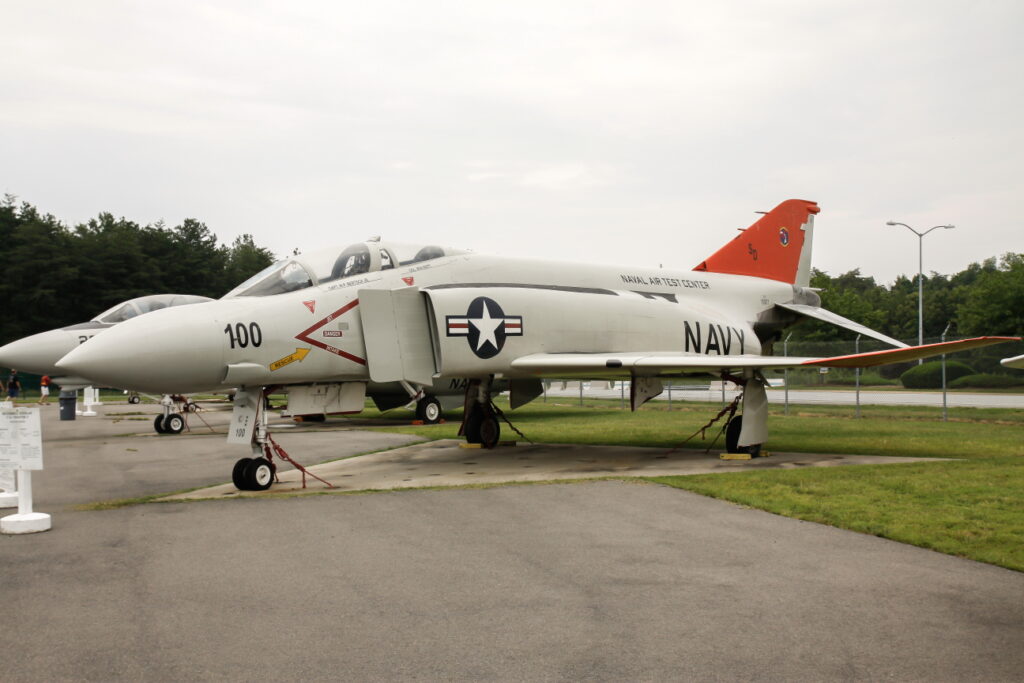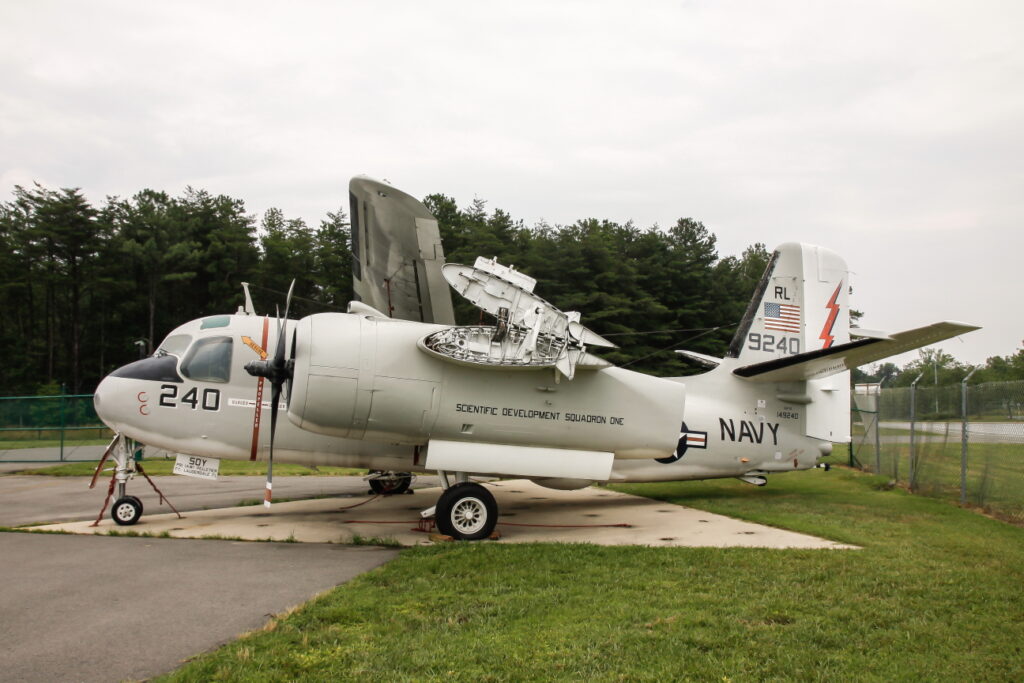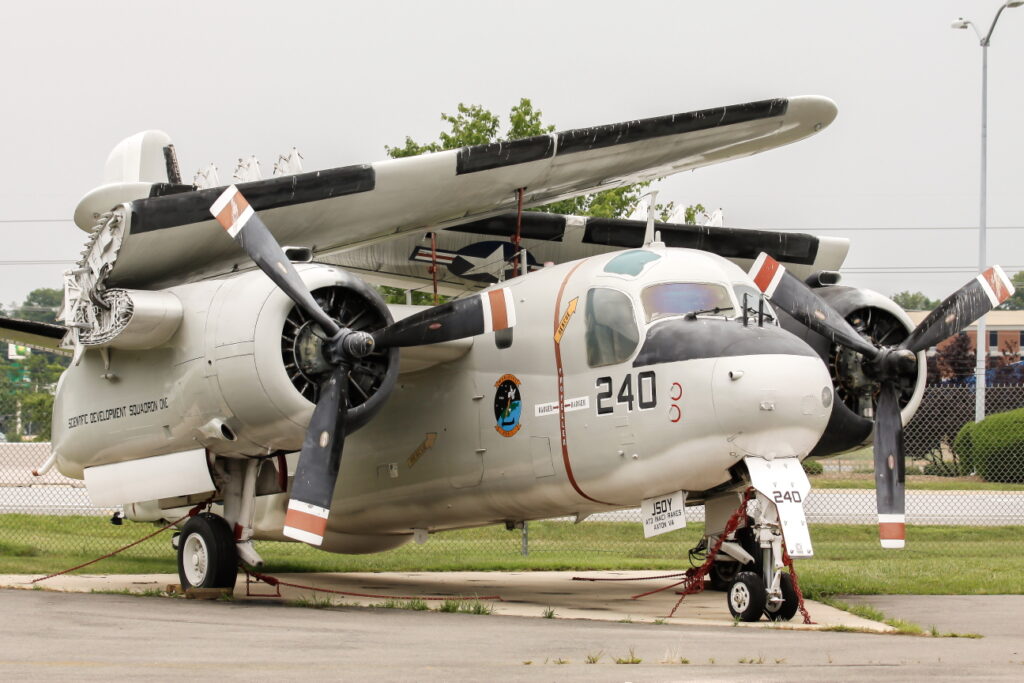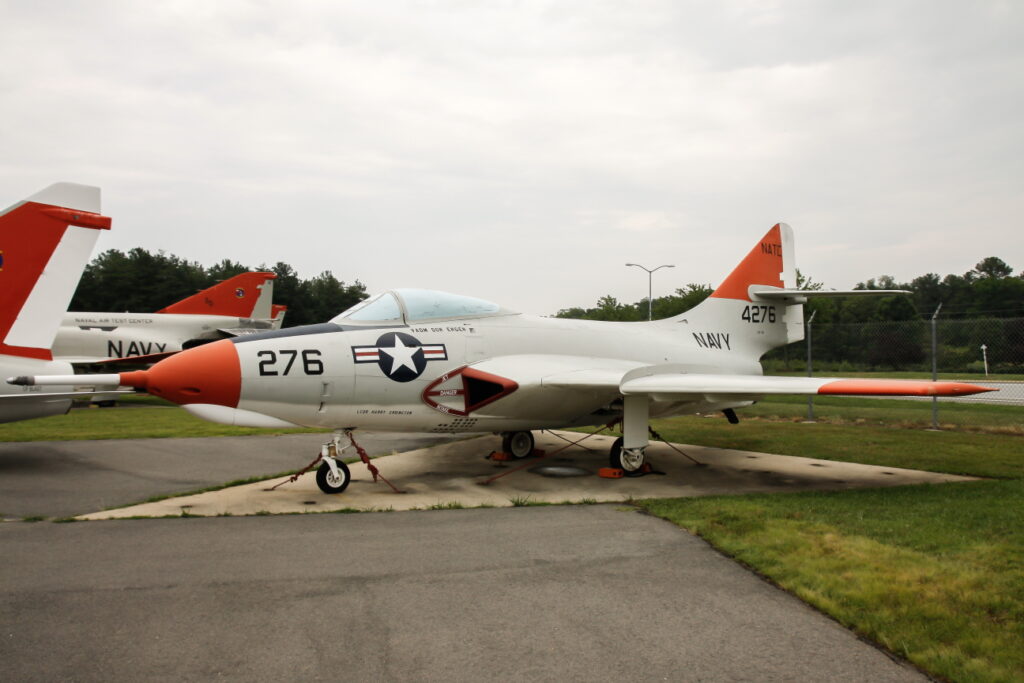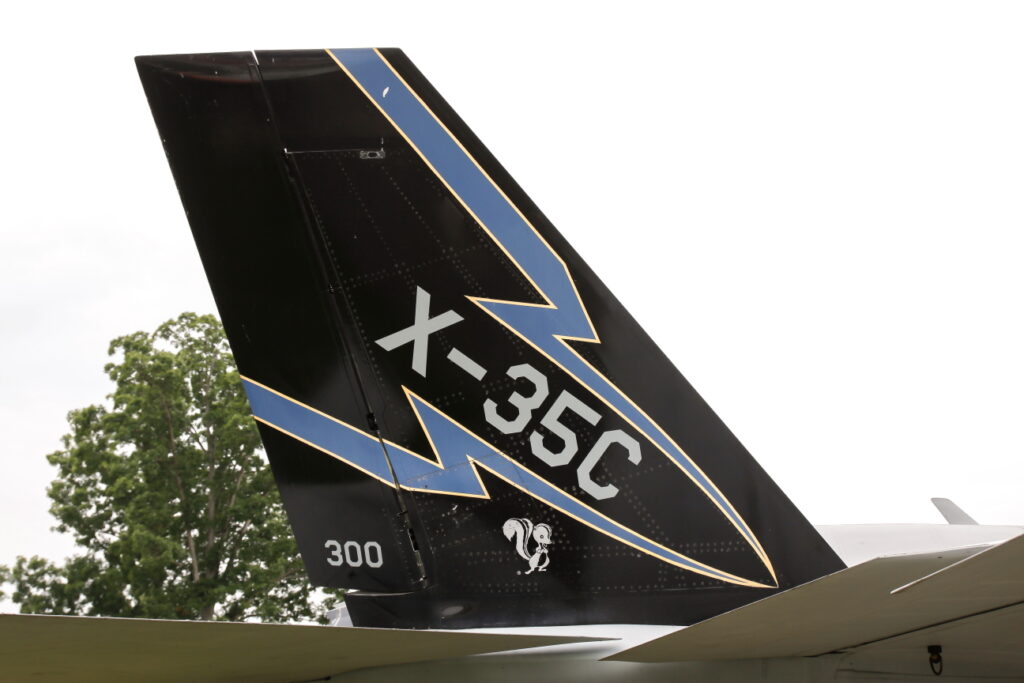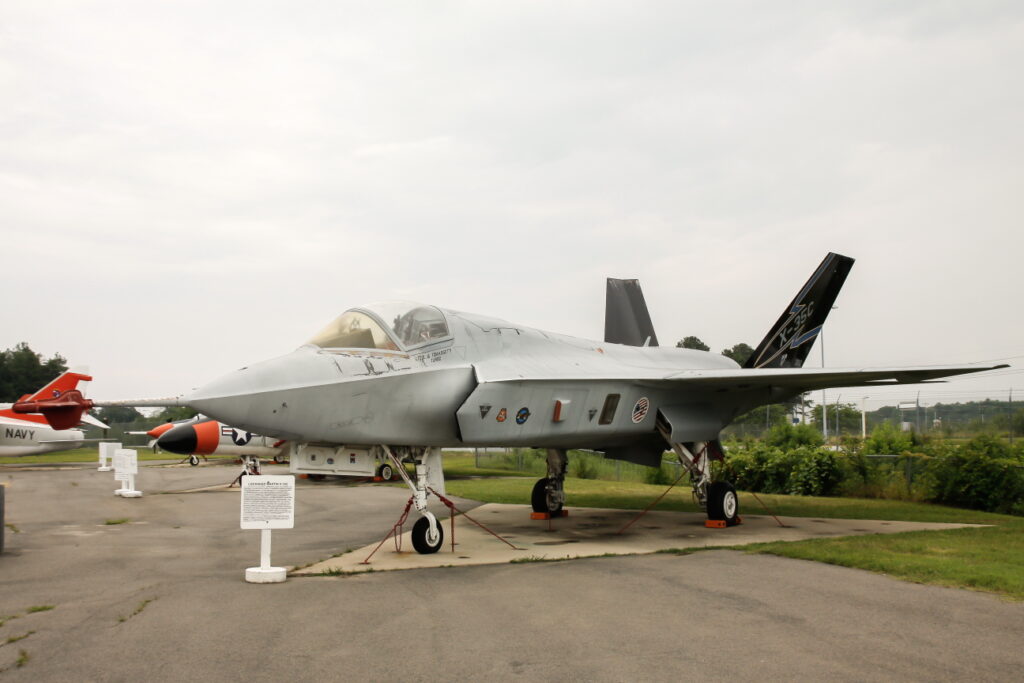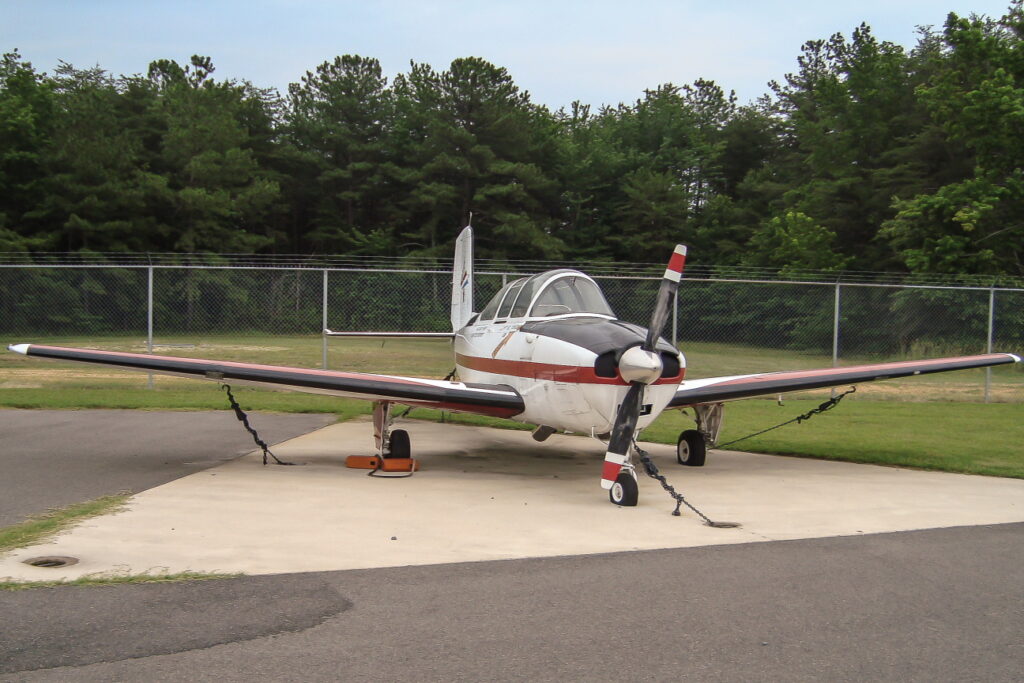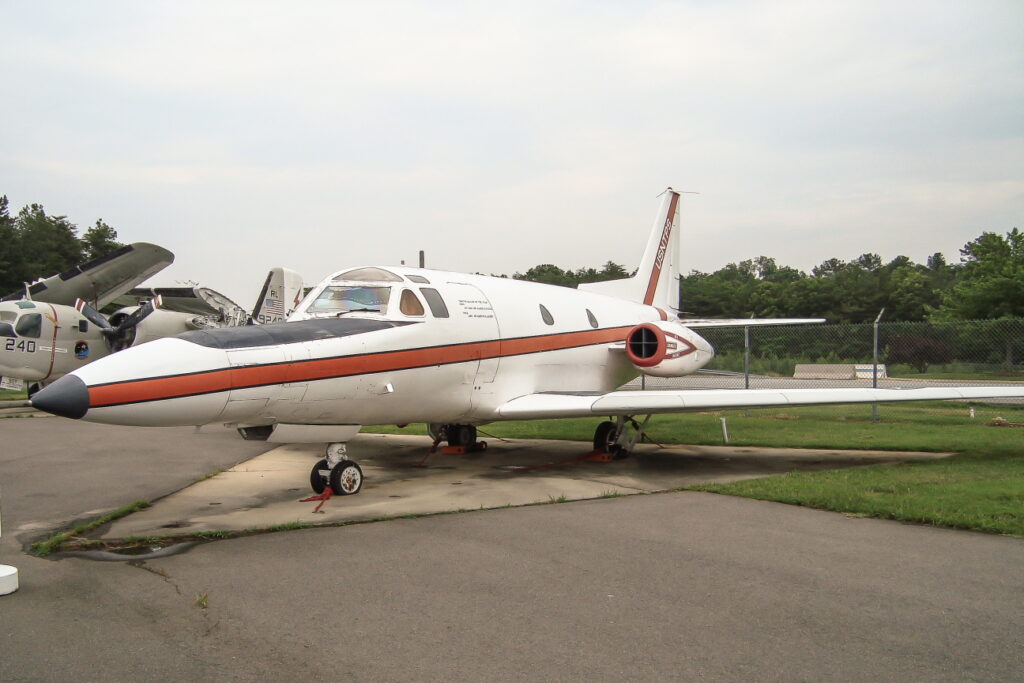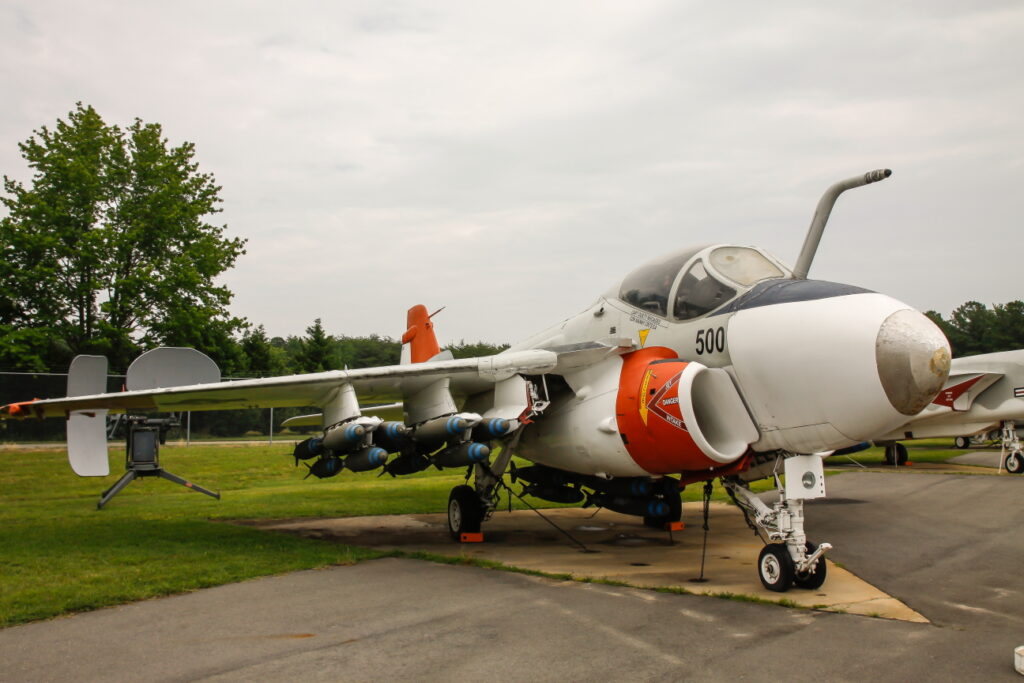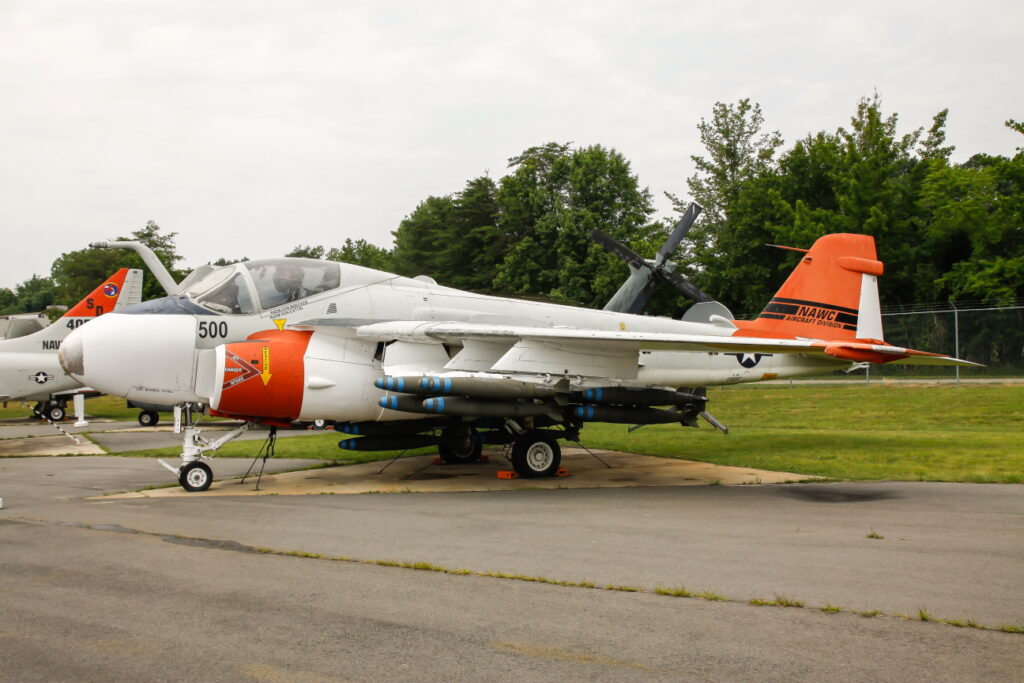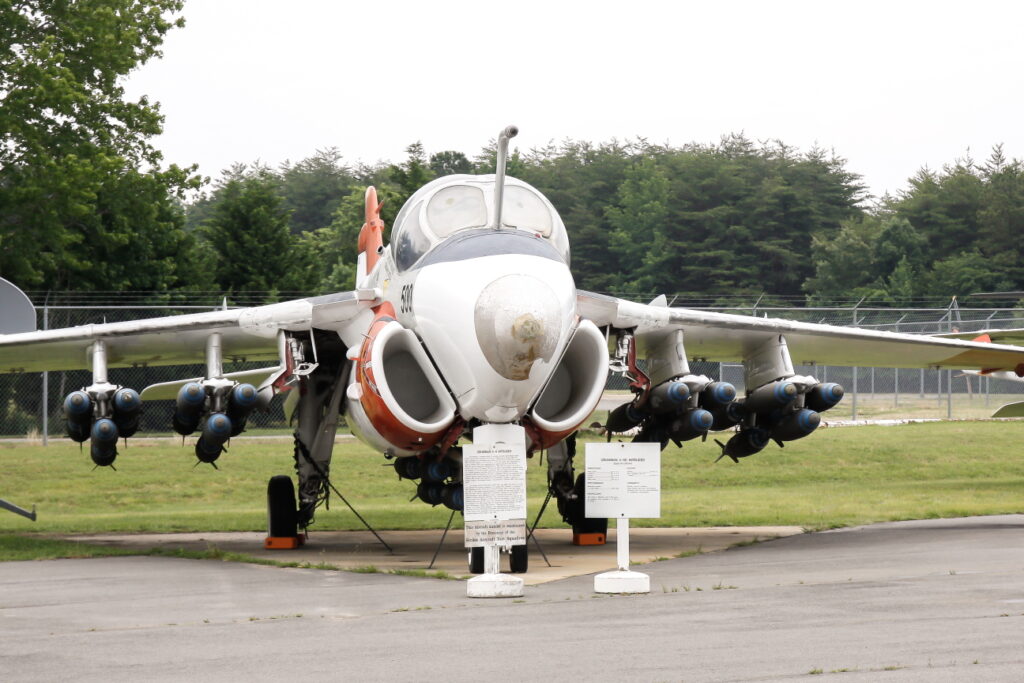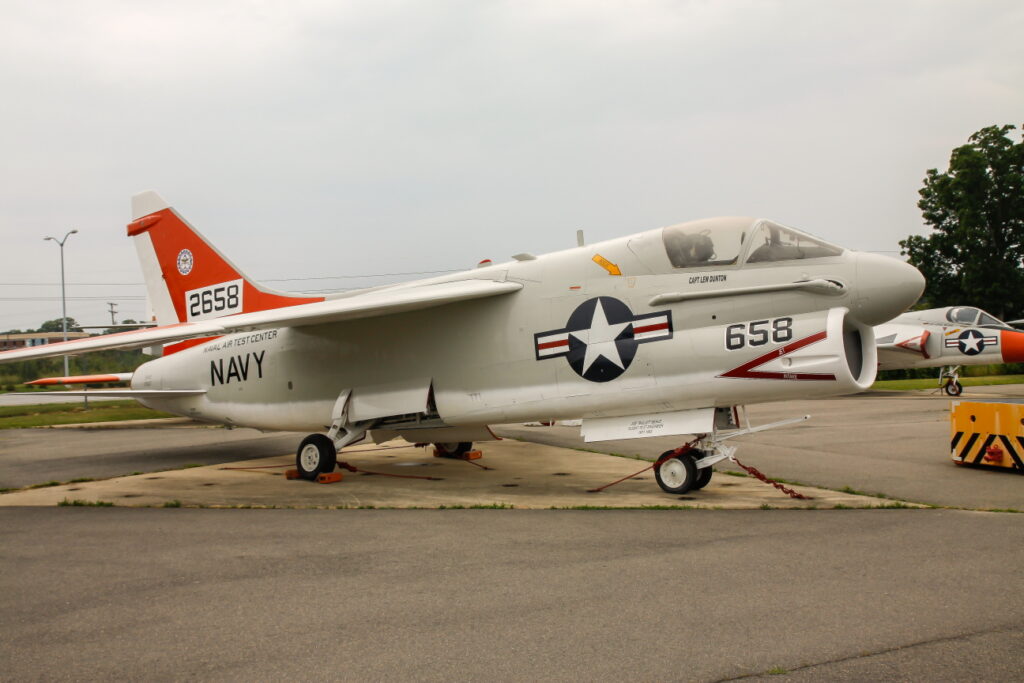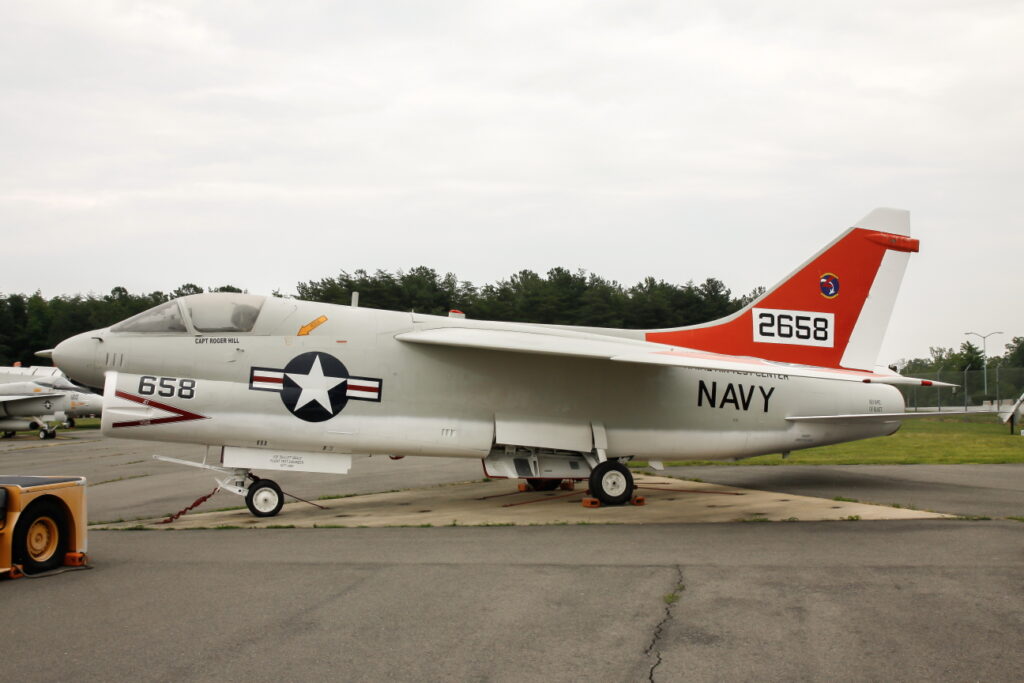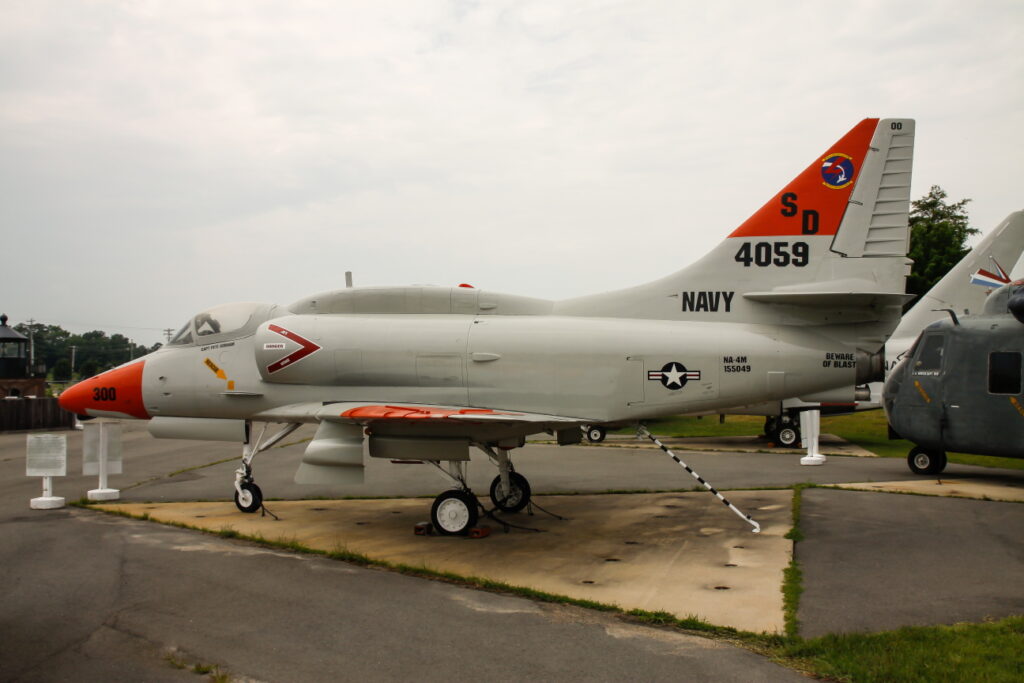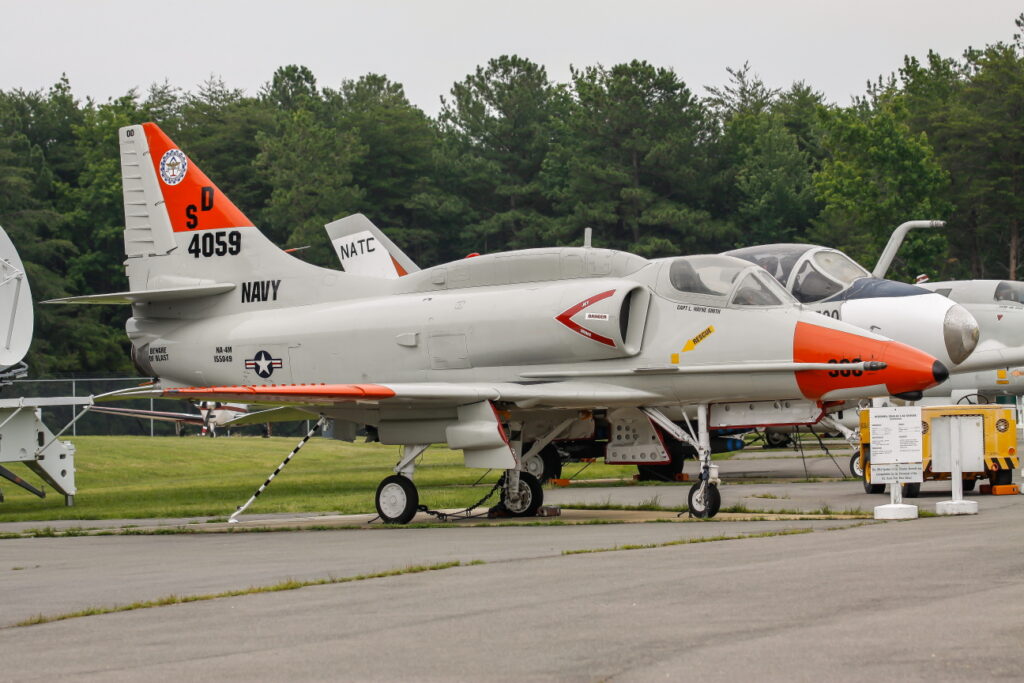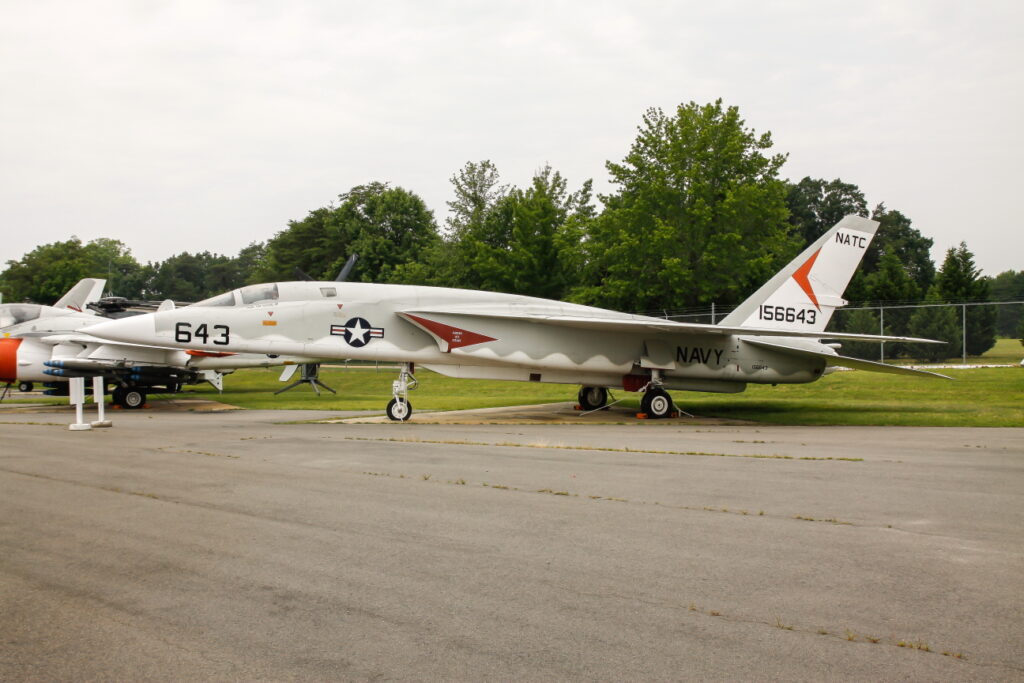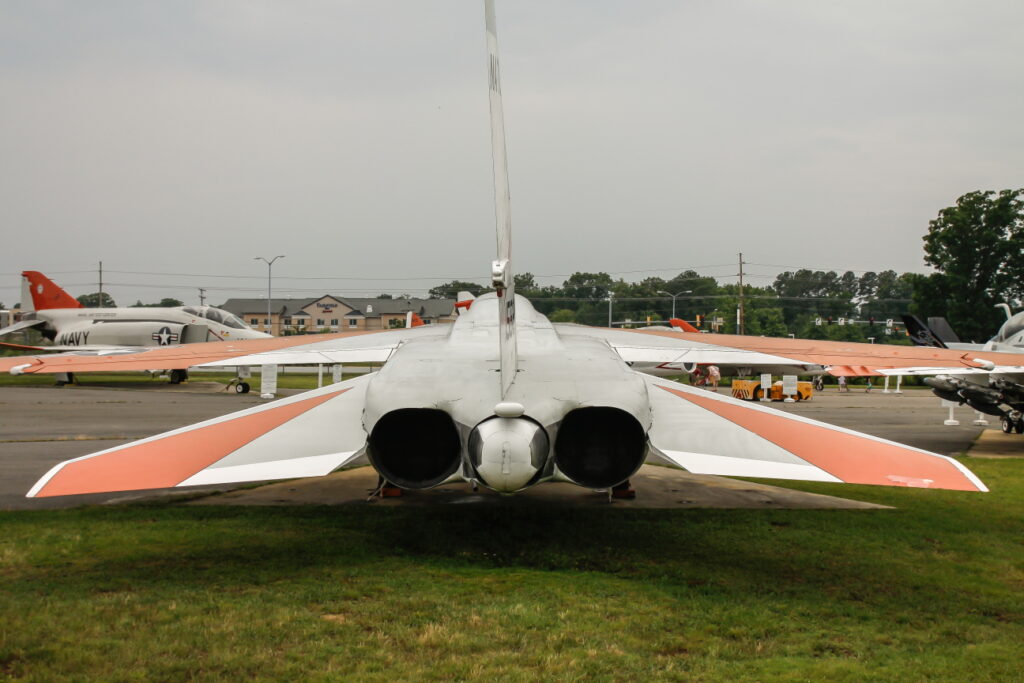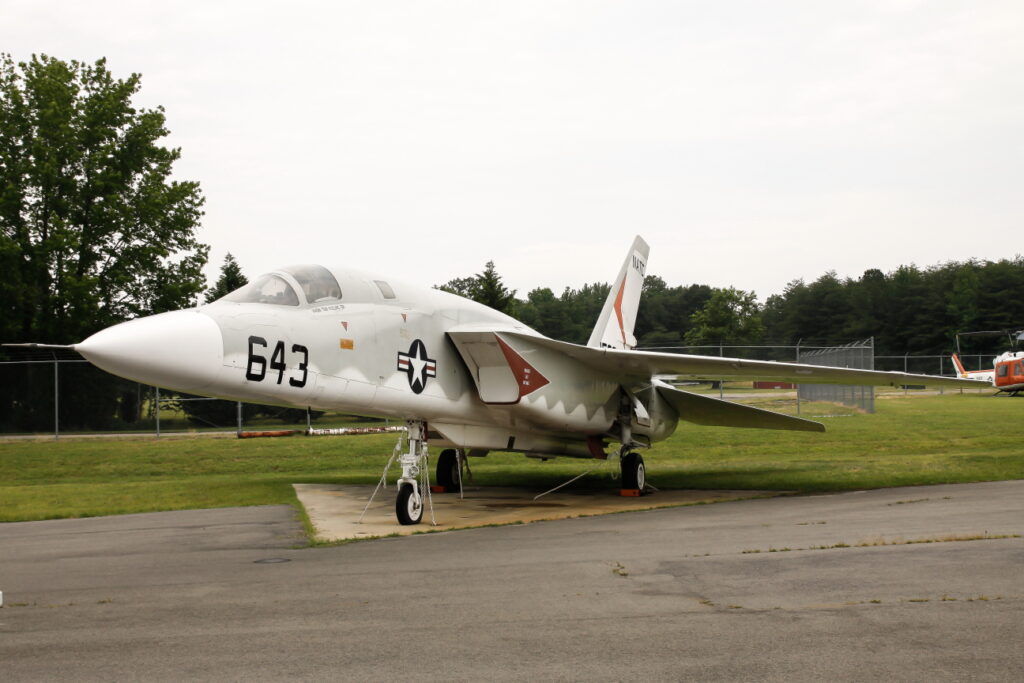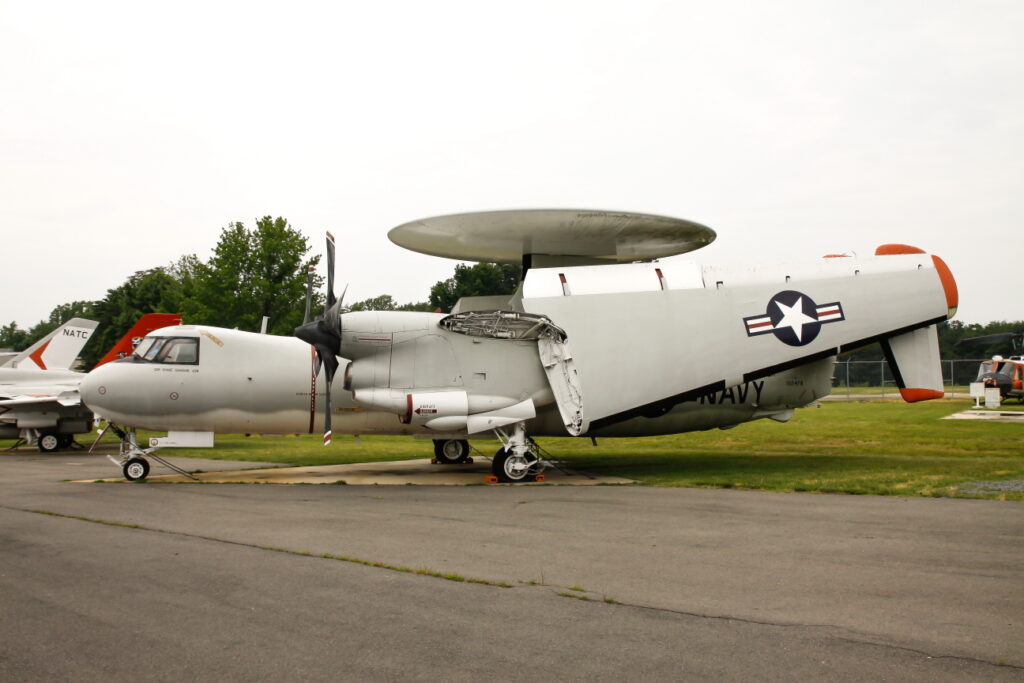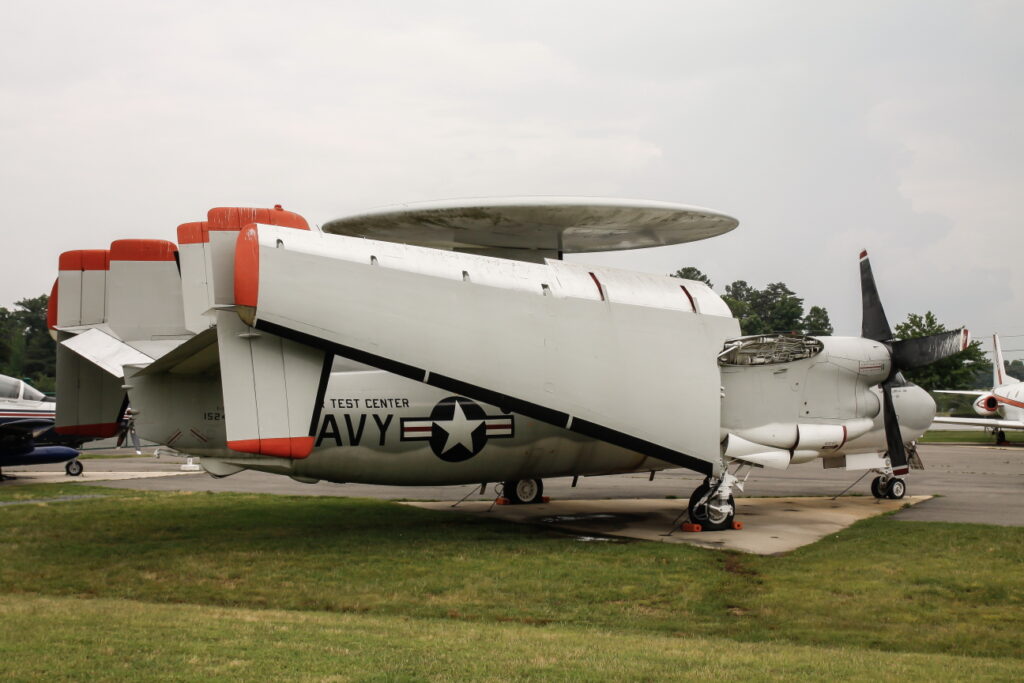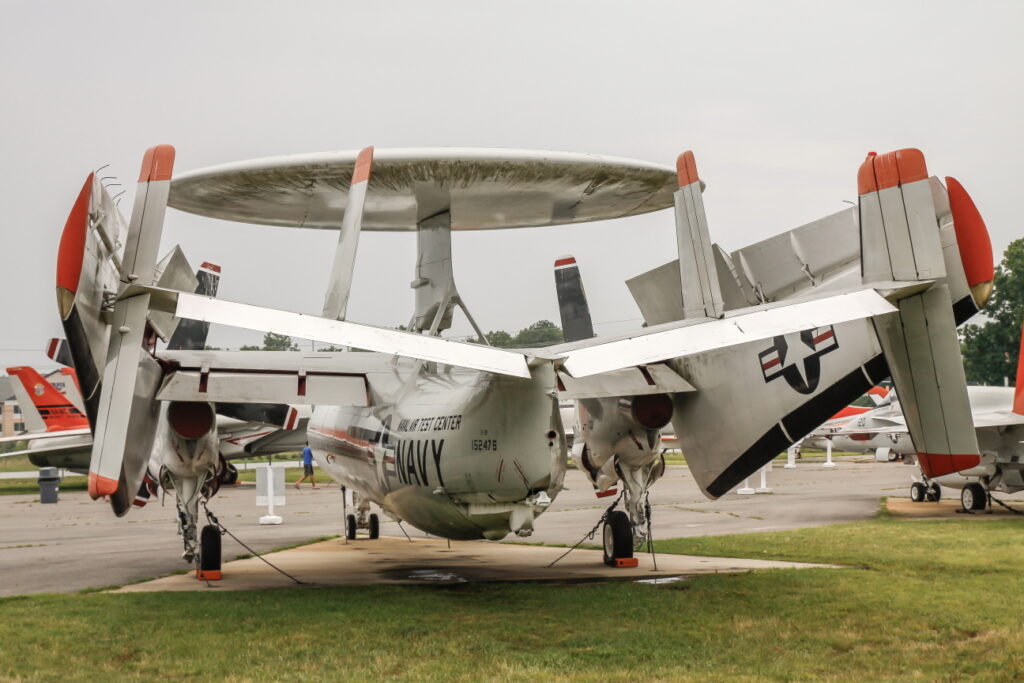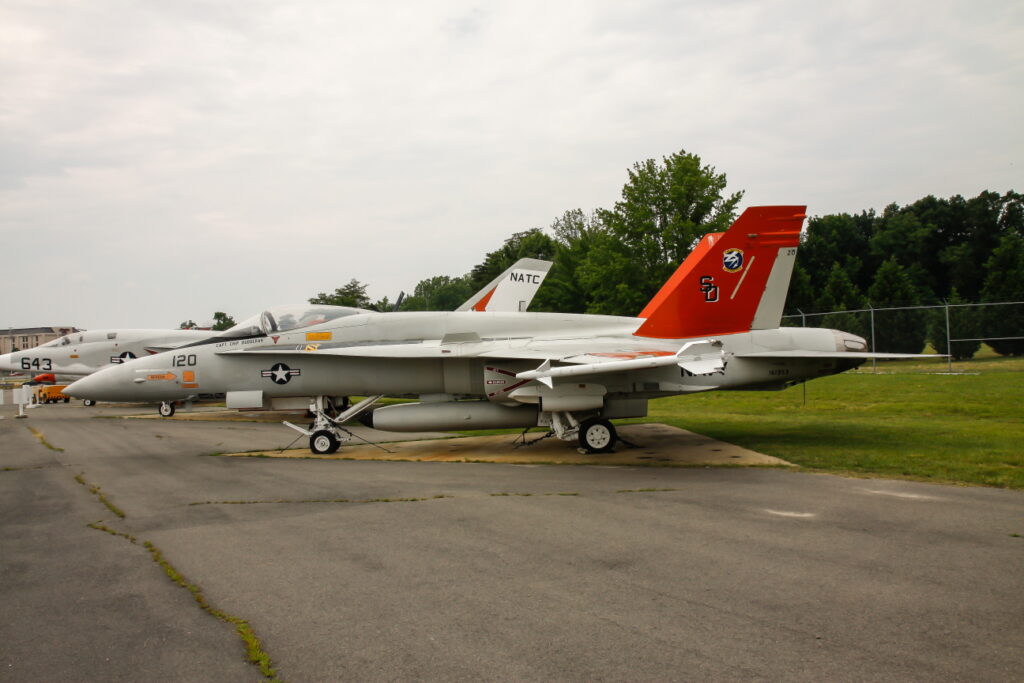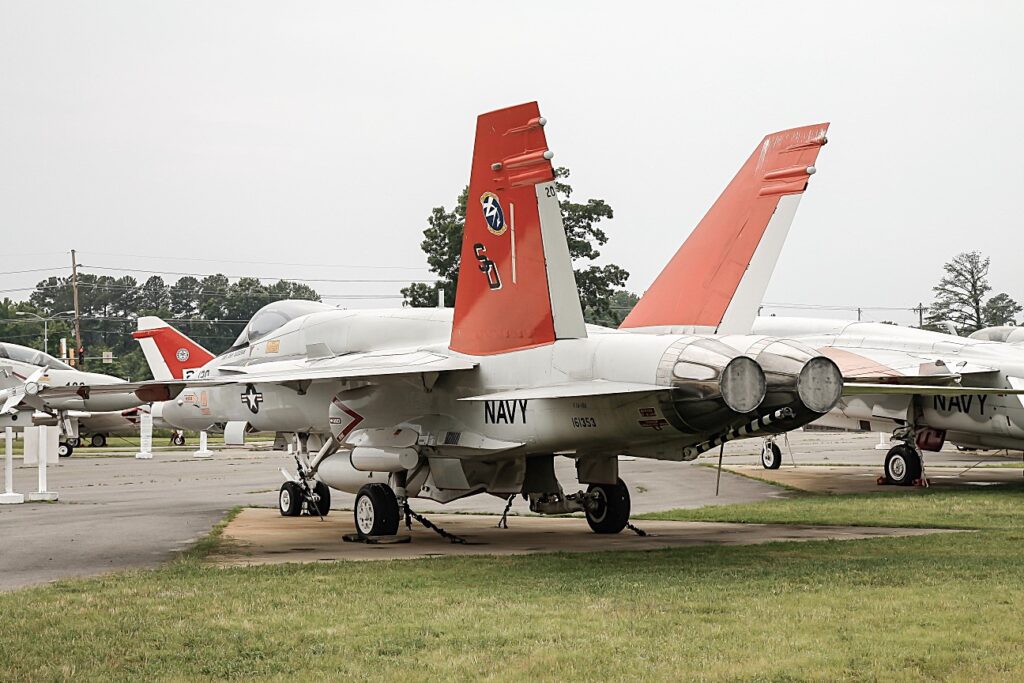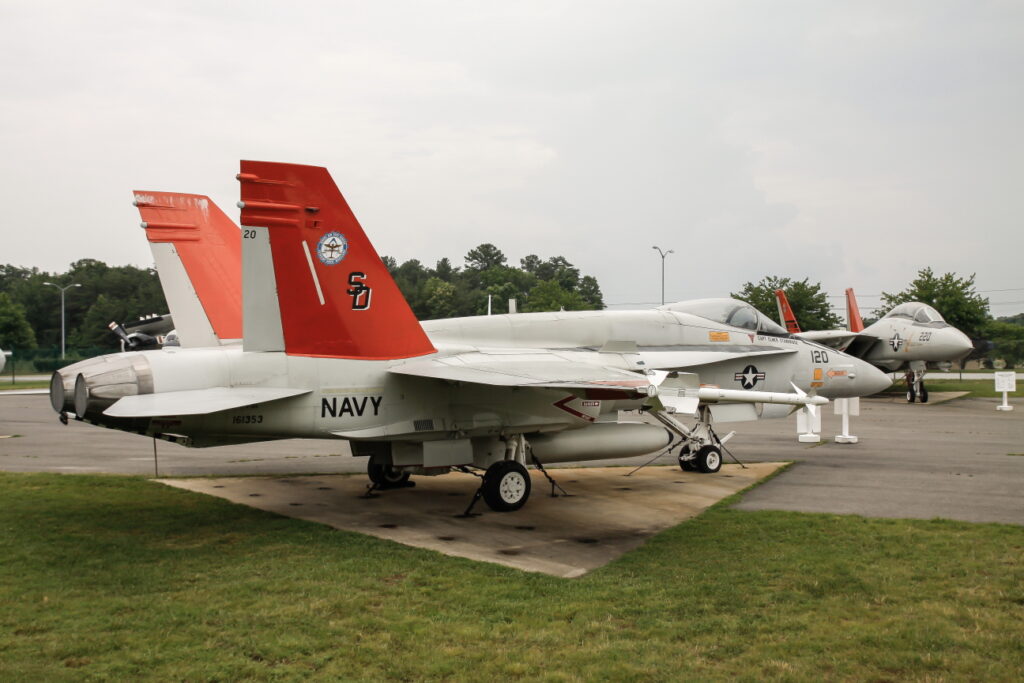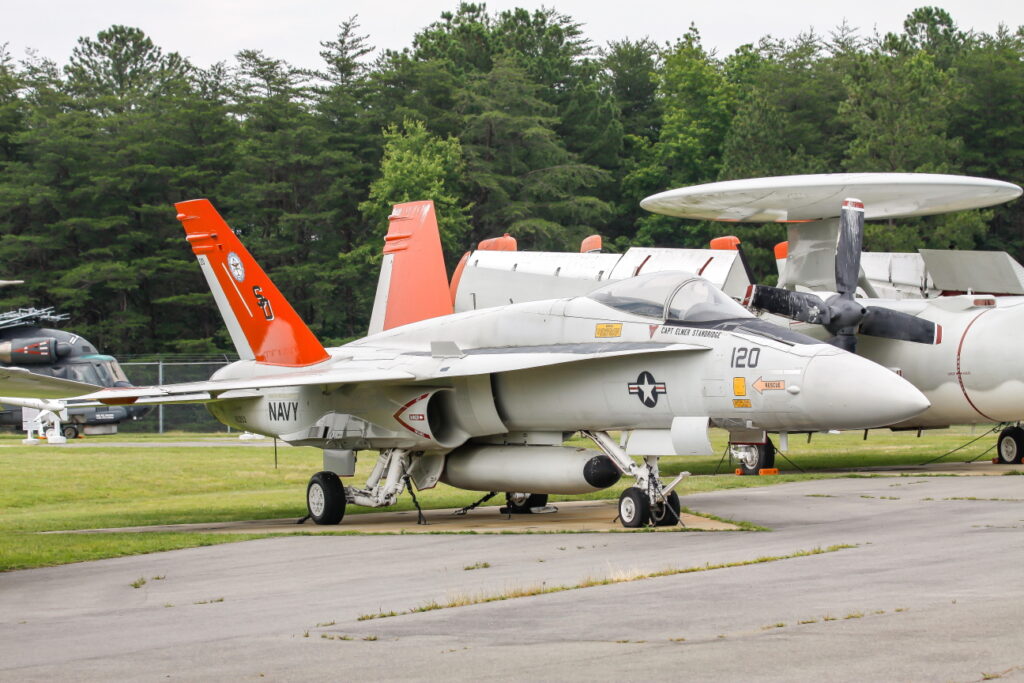
RIVER NAVAL AIR MUSEUM
LEXINGTON PARK
MARYLAND
STATI UNITI
19Th June 2011
About 64 miles south of Washington DC is the Patuxen River Air Museum. Born in 1978, retains and interprets the history of the Patuxen River Naval Air Base and all the advances in US naval aviation. The museum is dedicated to those who have used their talent in pursuing naval aviation research. All exposed aircraft have been used over the years to develop and evaluate new weapon systems and flight tests to improve the characteristics of the aircraft used in the Navy. the museum is divided into two distinct parts. At the entrance, stands the building housing some aircraft and various engines. Outside, in the large square, the aircraft used over the years for research and development are positioned. Almost all aircraft carry high-visibility insignia. The greenhouse and the red are the colors that characterize them and diversify them during tests and tests.
Boeing X.32B
The Boeing X-32 was a 5th generation multi-role fighter prototype, proposed by the US company Boeing in the tender for the Joint Strike Fighter (JSF) program in the late 1990s. This was dedicated to the choice of an aircraft that could replace different types of aircraft of the USAF, the US Navy and the USMC (Marines). From the comparative evaluation that followed, the prototype made by Lockheed Martin, the X-35, now in production under the name Lockheed Martin F-35 Lightning II, was preferred.
The plane was characterized by an air intake under the cockpit, by two holds on the sides of the air intake below the large delta wing and above all by the absence of the horizontal tail planes replaced by the vertical inclined planes as those of the F / A-18 although it was expected that the standard version would have them. The first flight of the X-32 took place in September 2000, when a prototype took off from the Boeing plant in Palmdale and flew to Edwards AFB, where it would take the tests. The prototype of the STOVL version of the X-32B made its first flight in March 2001.
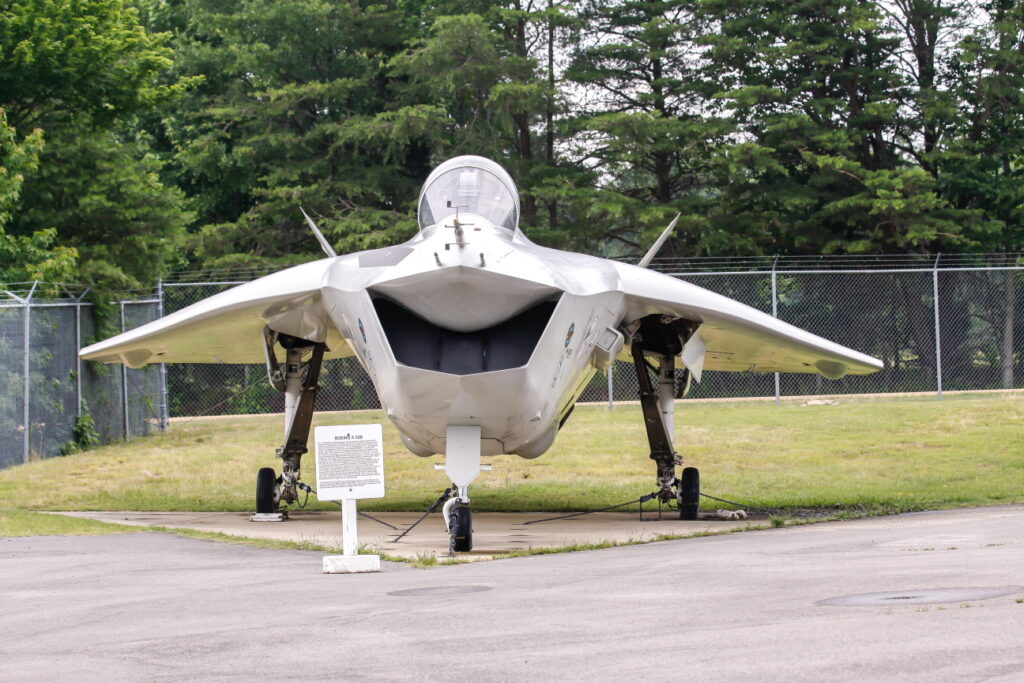
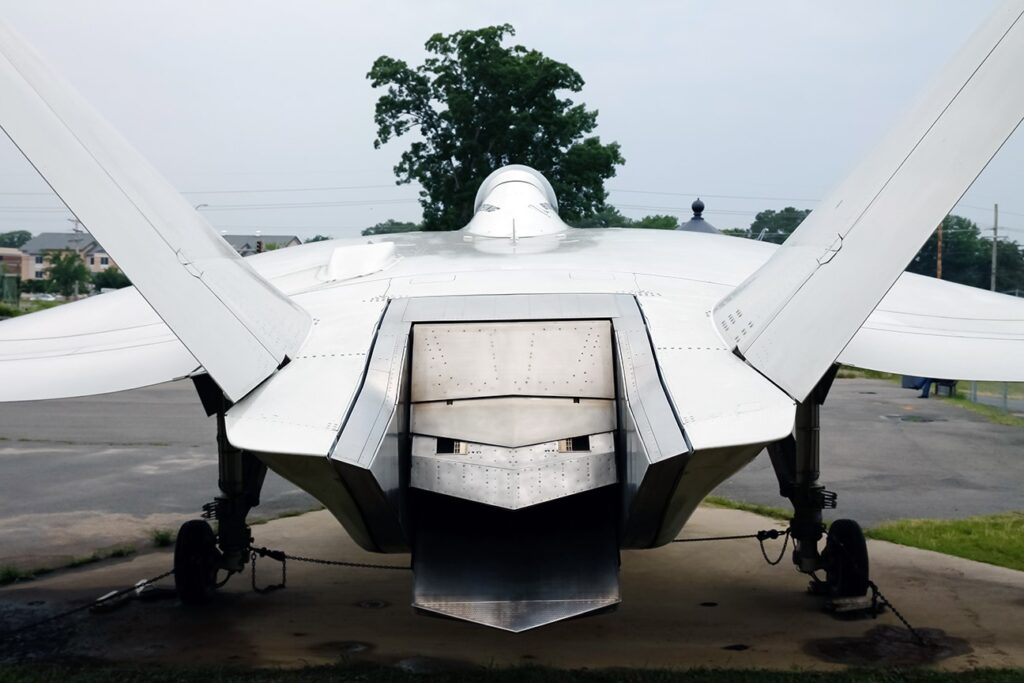
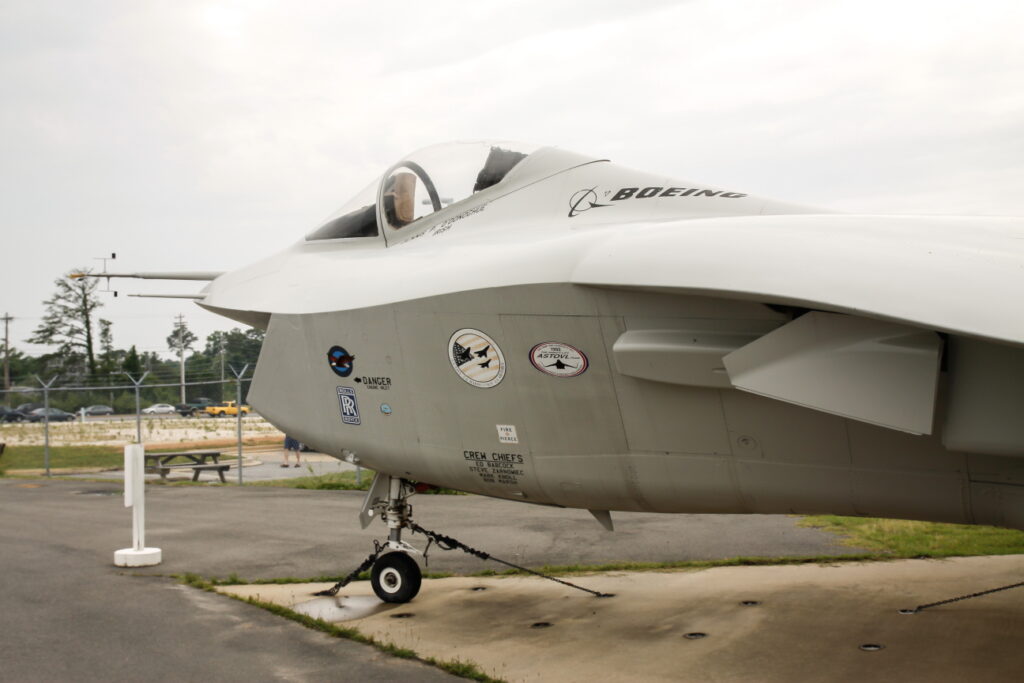
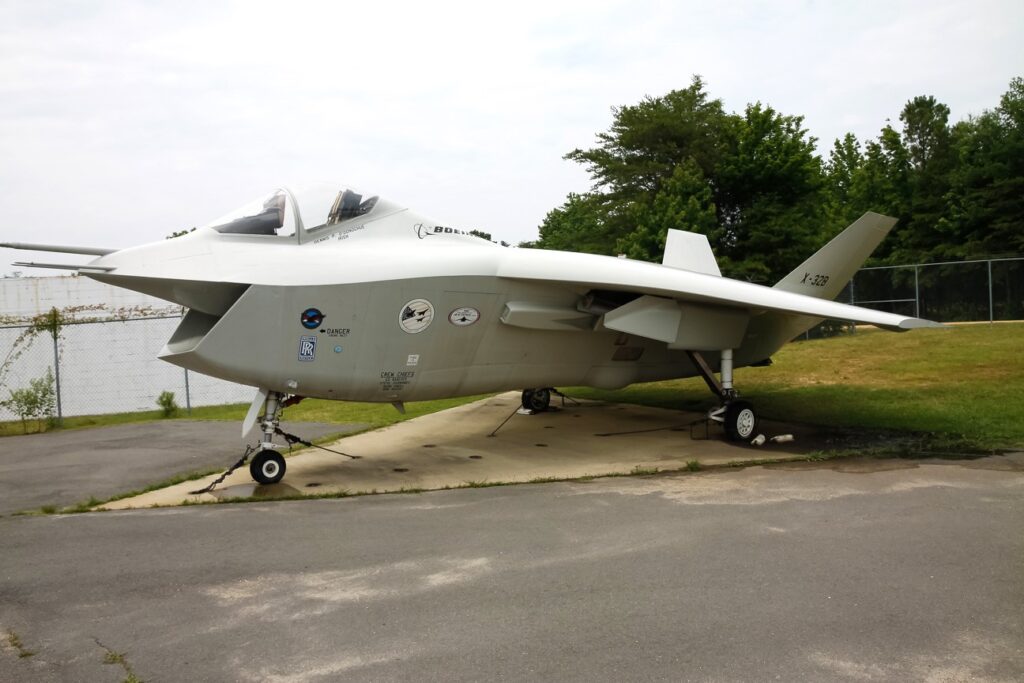
General characteristics
General characteristics Crew: 1 Length: 45.01 ft (13.72 m) Wingspan: 36 ft (10.97 m)Height: 17.32 ft (5.28 m) Wing area: 590 ft² (54.8 m²) Max. takeoff weight: 38,000 lb (17,200 kg) Powerplant: 1 × Pratt & Whitney YF119-PW-614 afterburning turbofan Dry thrust: 28,000 lbf (125 kN) Thrust with afterburner: 43,000 lbf(191 kN)
Performance
Performance: Maximum speed: Mach 1.6 (1,200 mph, 1,931 km/h) at altitude Range on USAF mission profile: 850 nmi (1,574 km) Range on USN mission profile: 750 nmi (1,389 km) Range on USMC/RN mission profile: 600 nmi (1,112 km)
Armament
Armament: 20 mm M61A2 cannon, or 27 mm Mauser BK-27 cannon Internal: 6 AMRAAM air-air missiles or 2 AMRAAM air-air missiles and 2 x 2,000 lb (900 kg) class guided bombs External: Approx. 15,000 lb (6,800 kg) of full range of external stores including guided weapons, anti-radiation missile, air-to-surface weapons, auxiliary fuel tanks.
Fonts: Wikipedia
A strong part of the X-32B JDF STOVL Demonstration Boeing collection. Made in only 2 specimens, Boing used the aircraft for tests during the race for the assignment of a new aircraft to the United States. From the comparative evaluation that followed, the prototype of Lockheed Martin, the X-35, now in production with the name Lockheed Martin F-35 Lightning II, was favored.
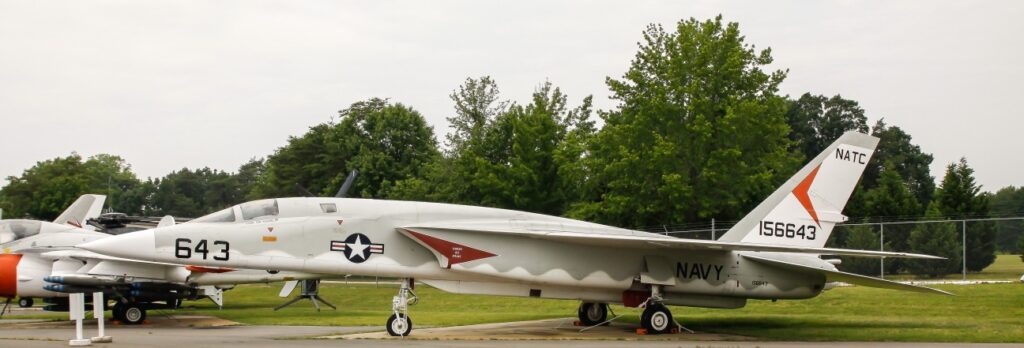
North American RA-5C Vigilante US Navy
The STOVL prototype was moved to the museum in 2005, where, after the restoration in 2009, it was exposed to the public. The second, an X-32A, was donated in 2005 to the National Museum of the United States Air Force in Dayton, where it is still stored and not visible to the public. The aircraft here remains the only exemplary in the world now visible. Only at the end of 1978 the Museum was recognized by the Navy Secretary as one of the ten official US Navy museums.
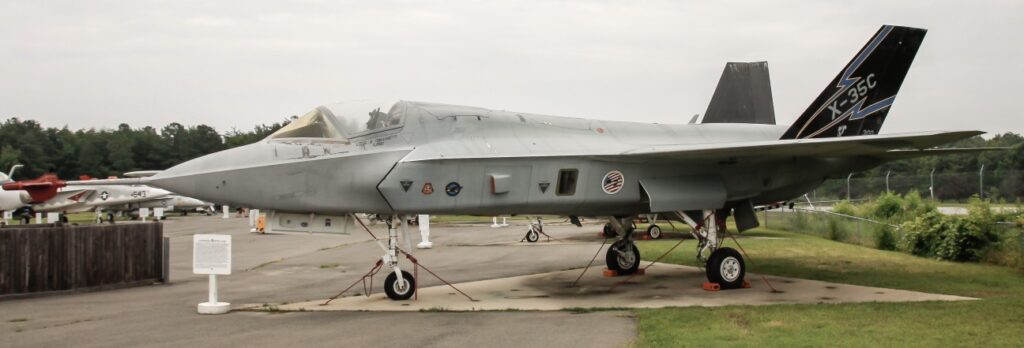
Lockheed Martin X-35C Joint Strike Fighter Lockheed Martin
